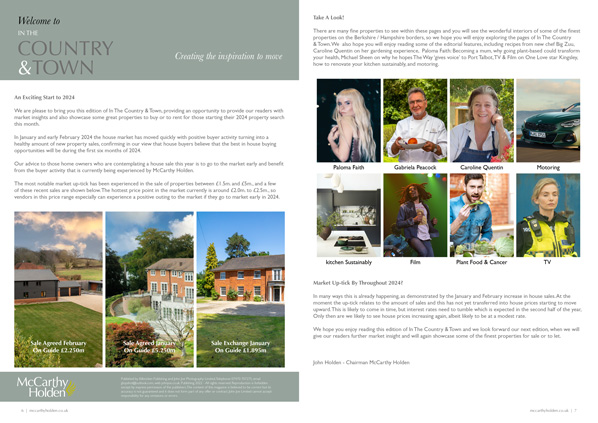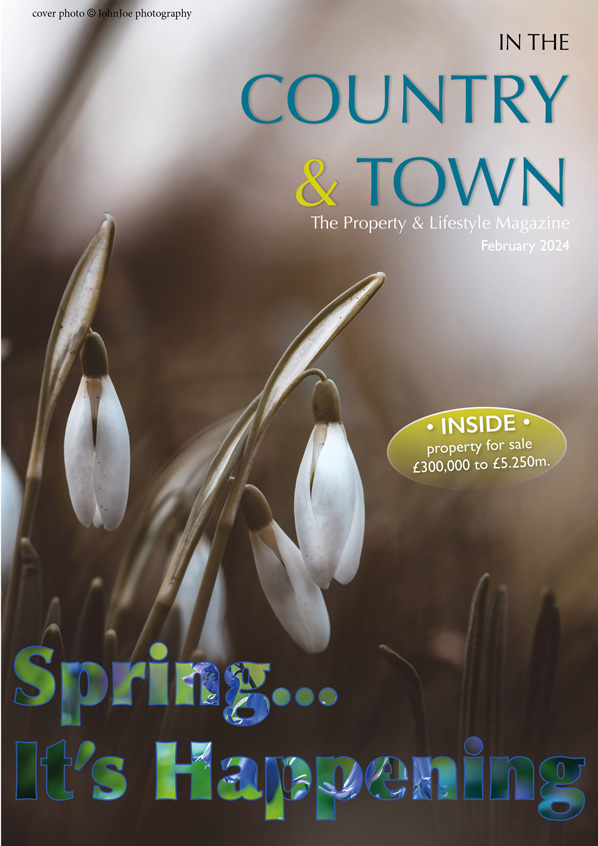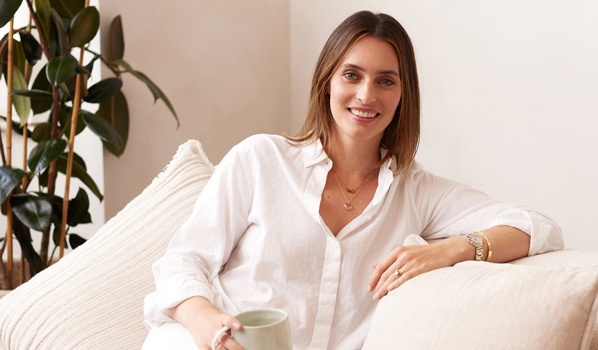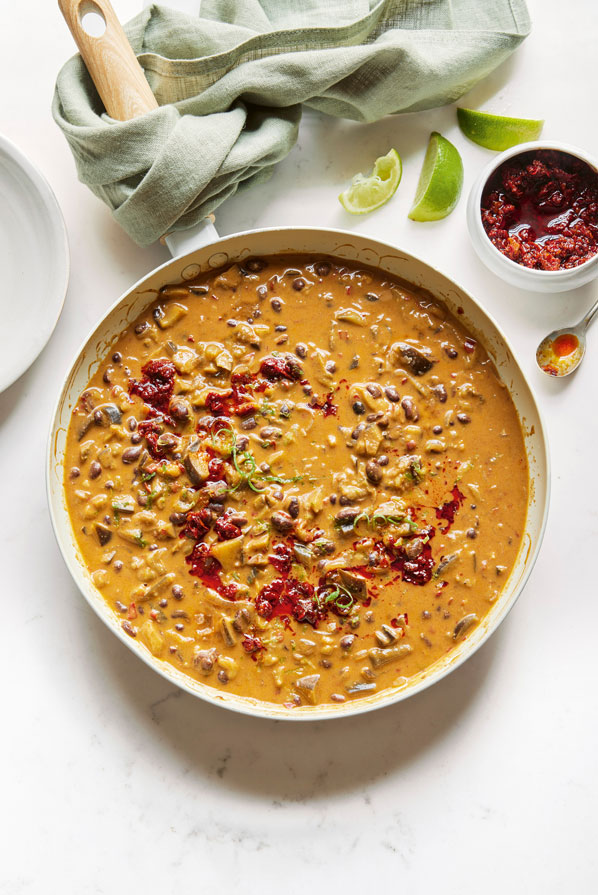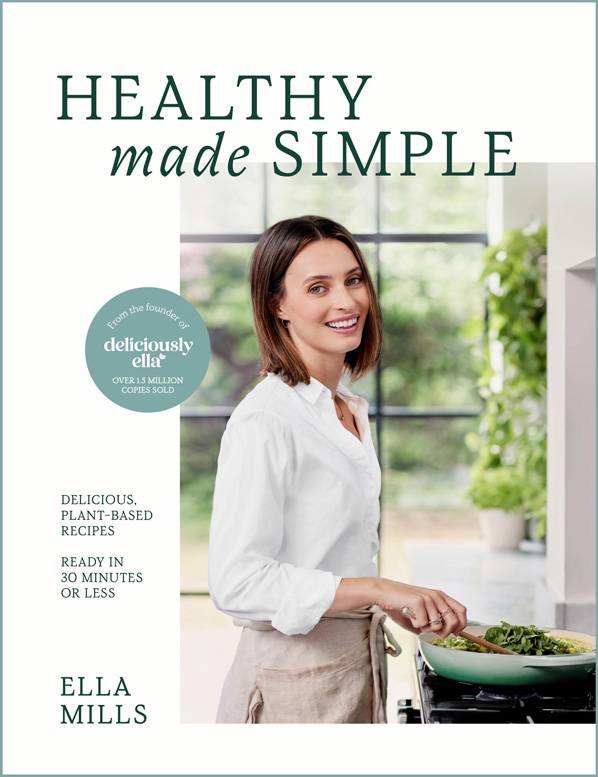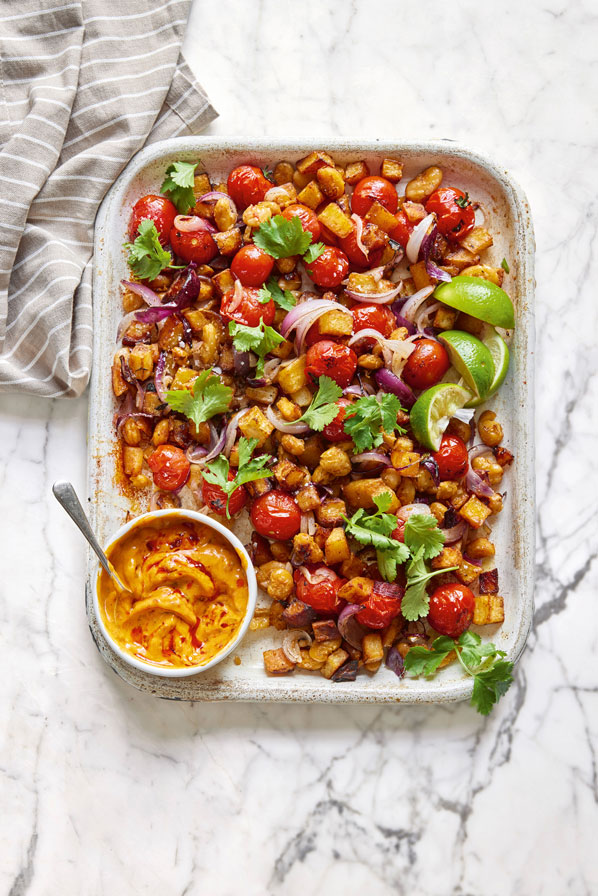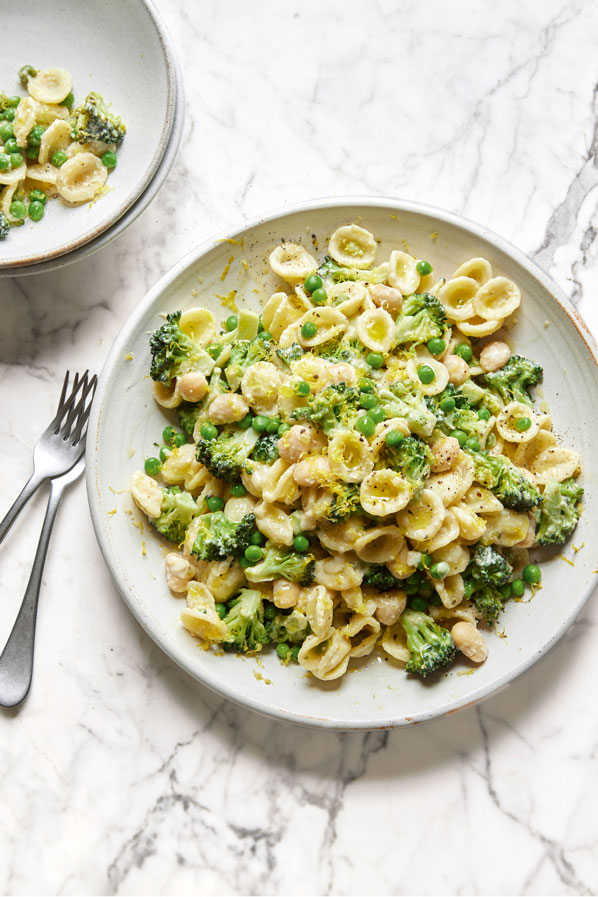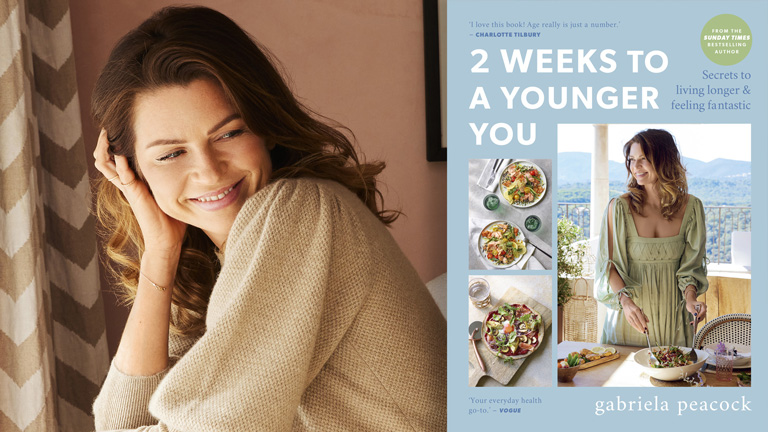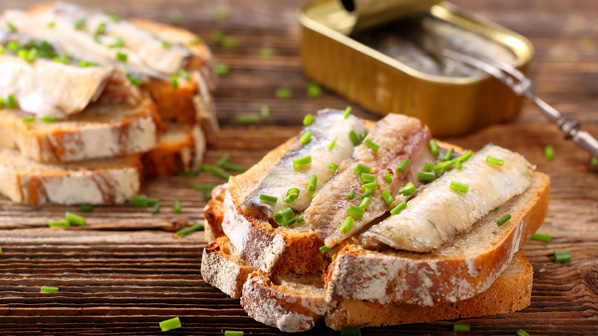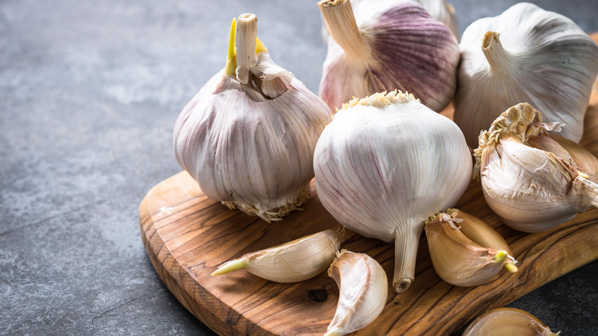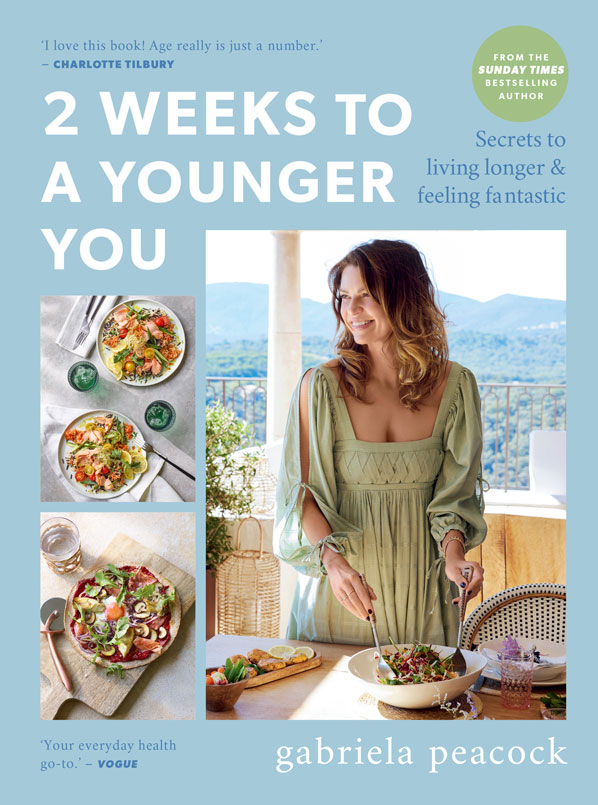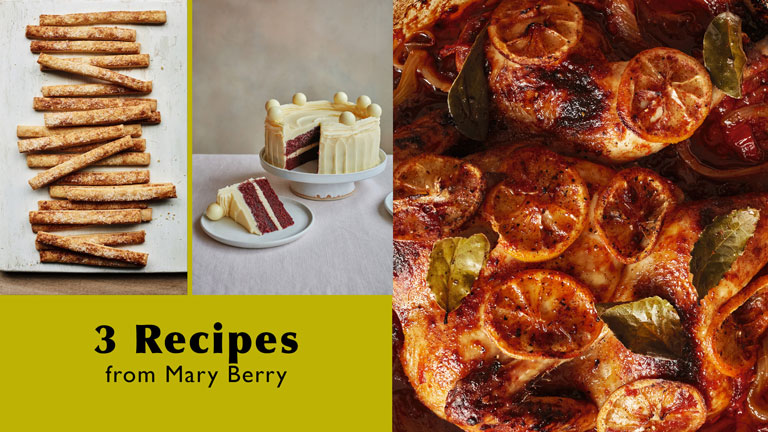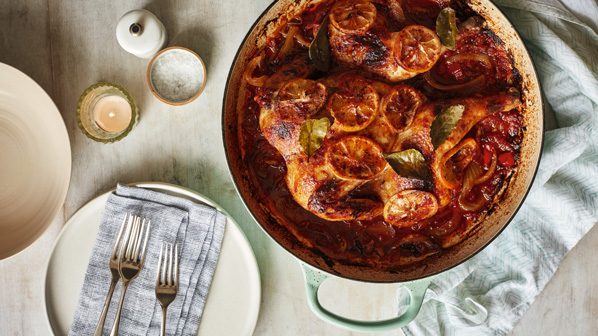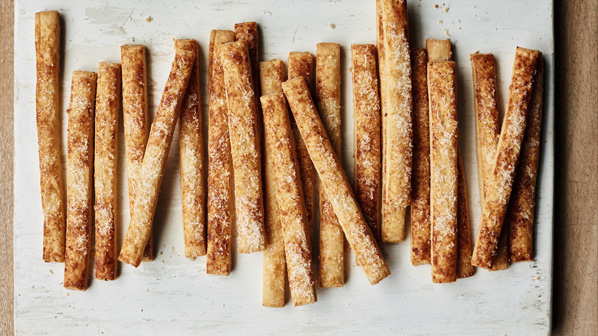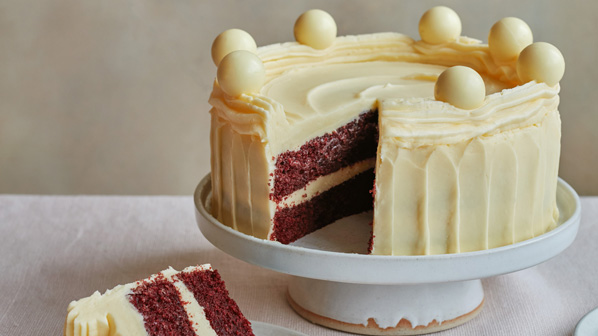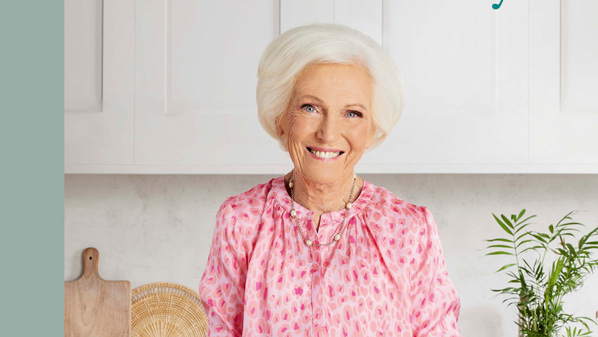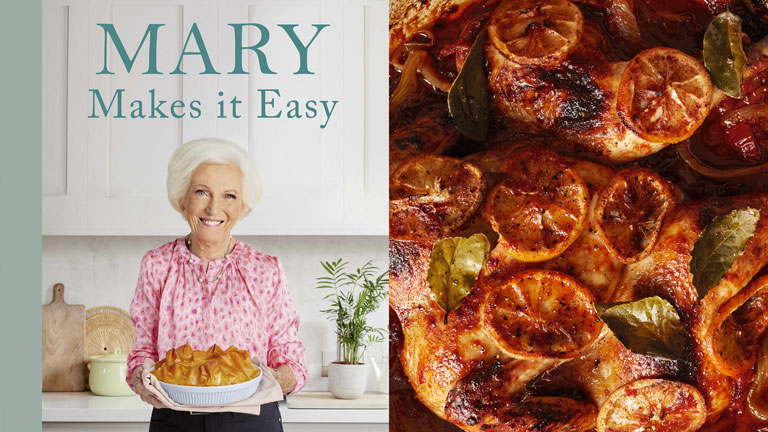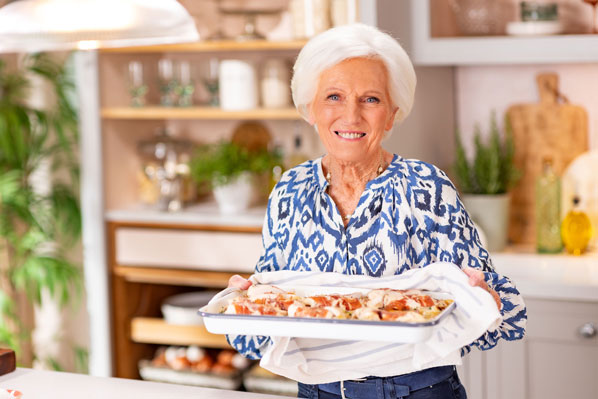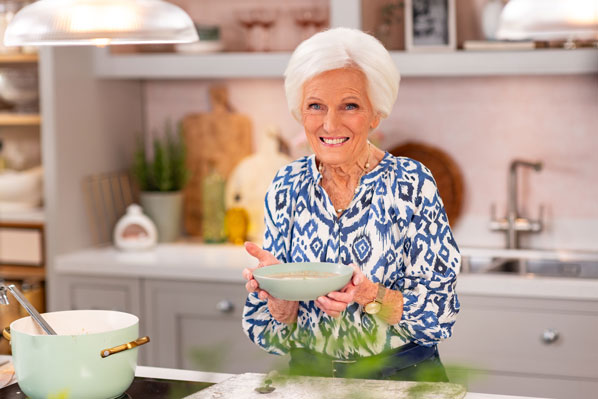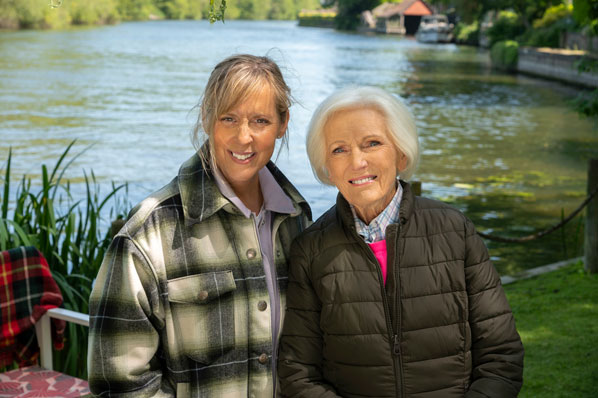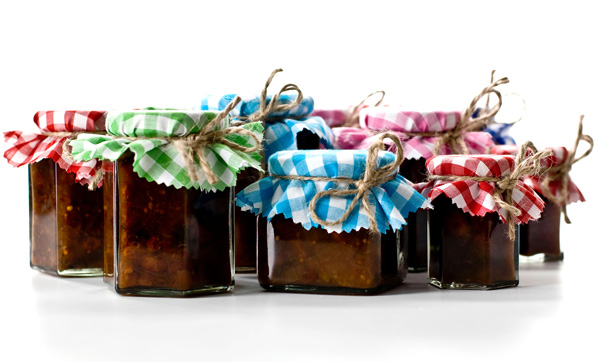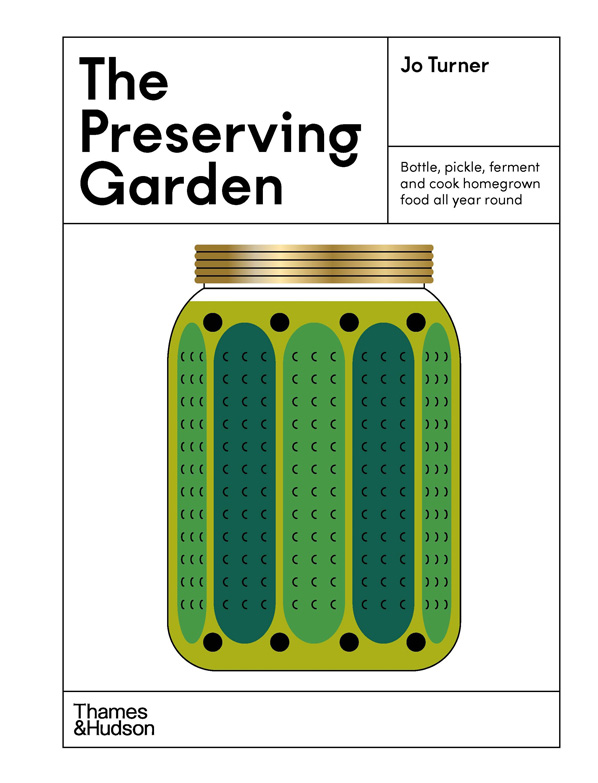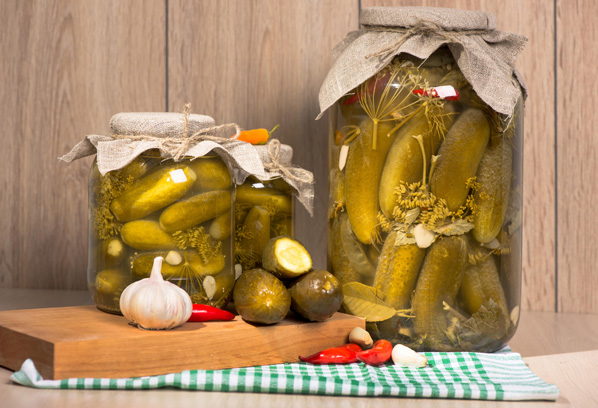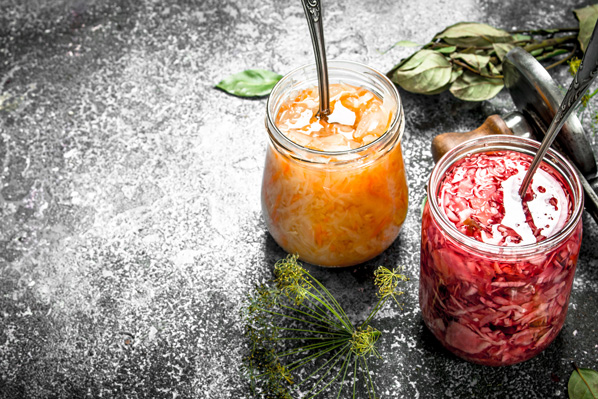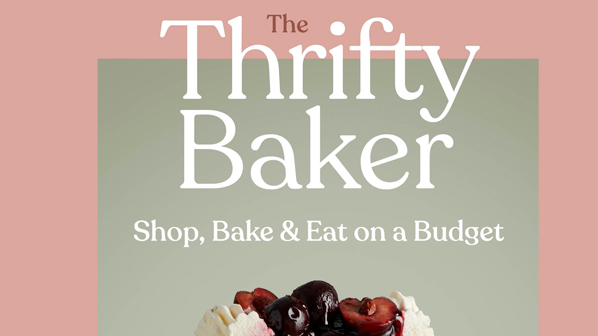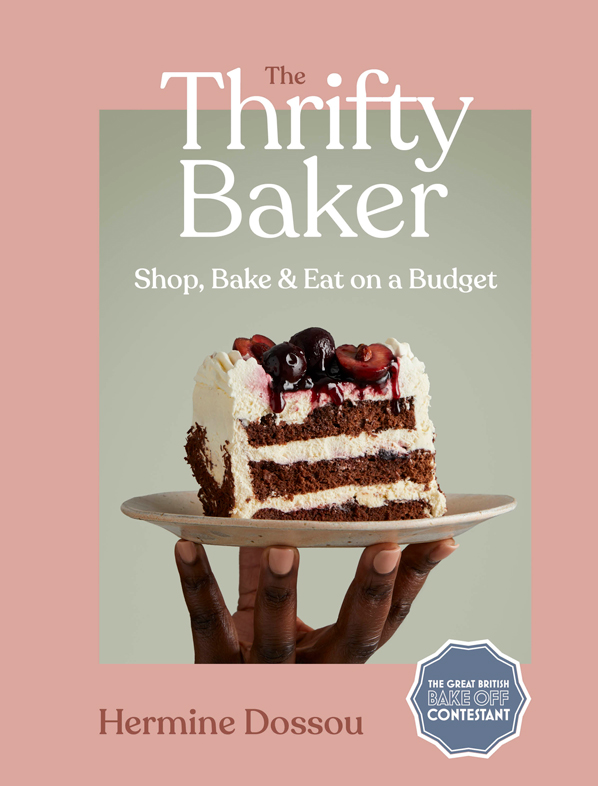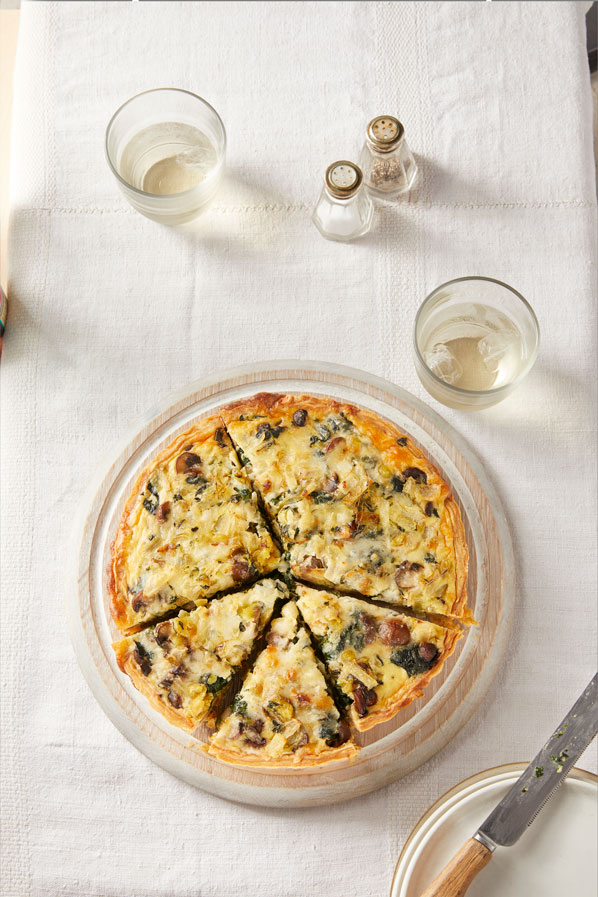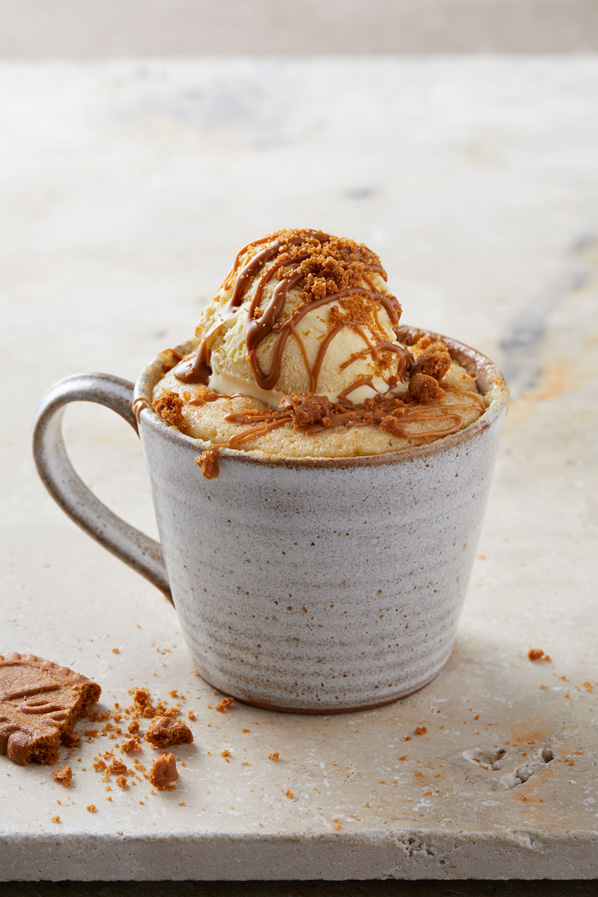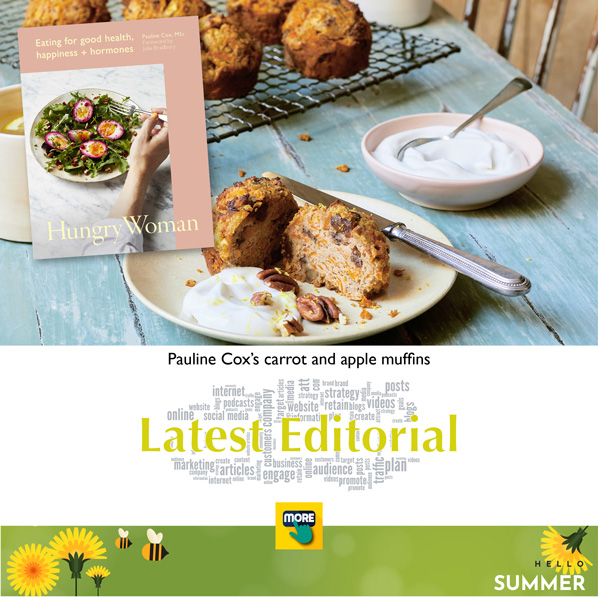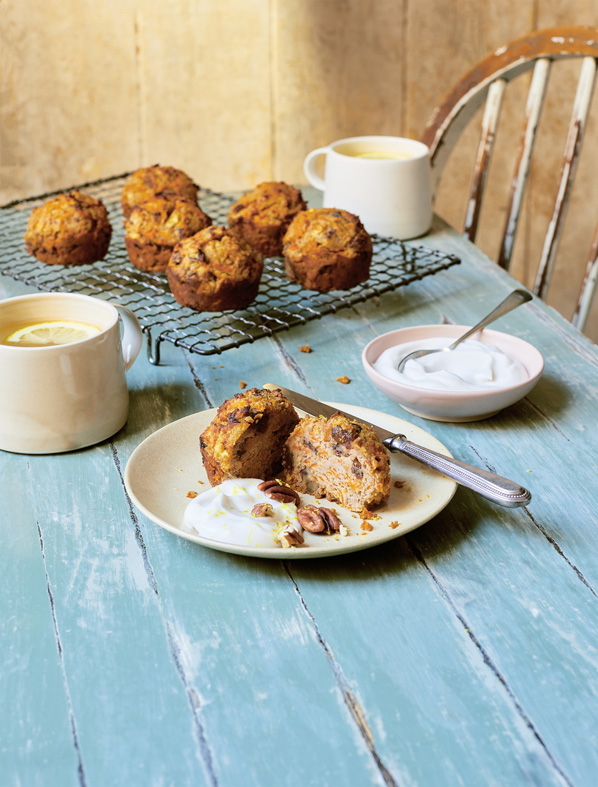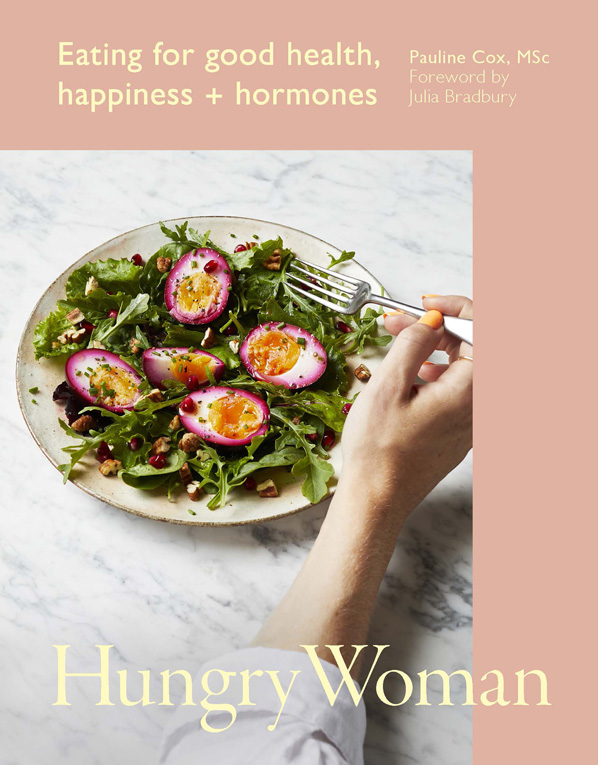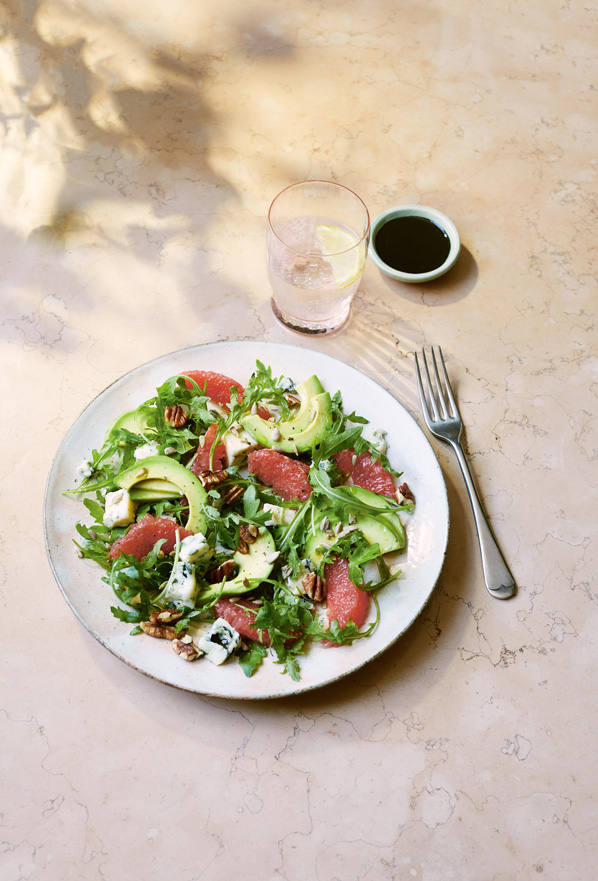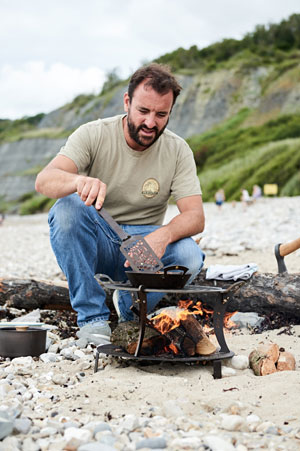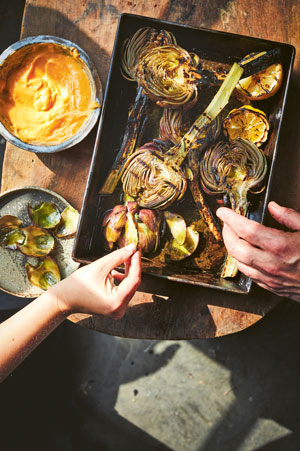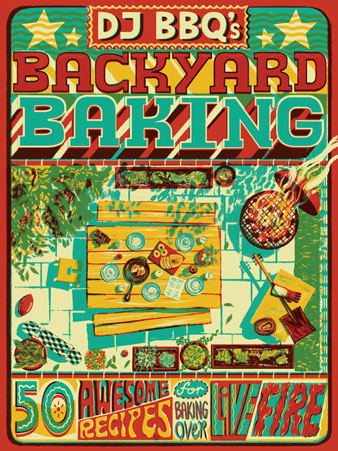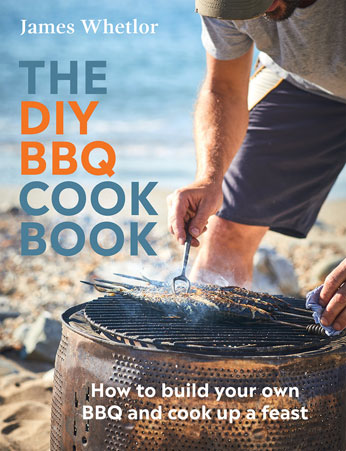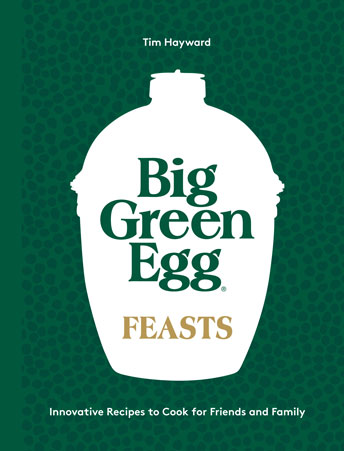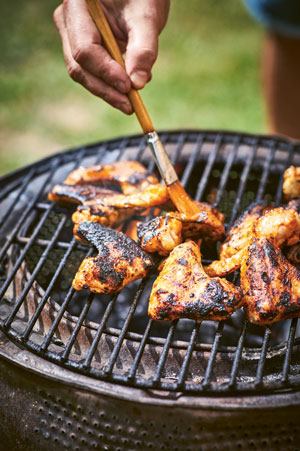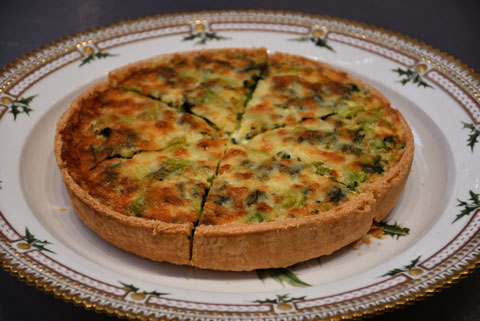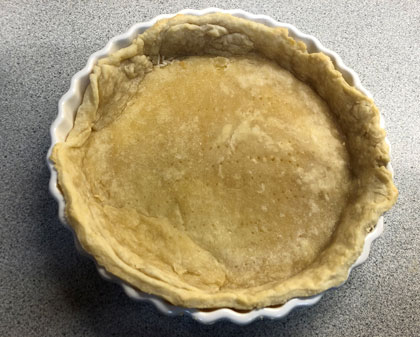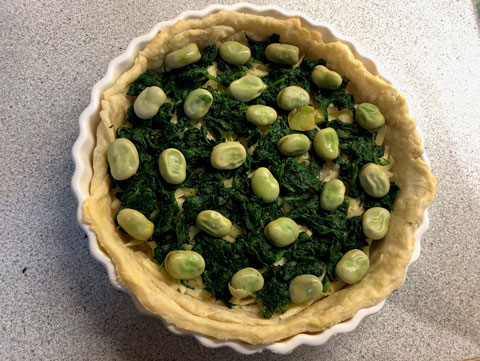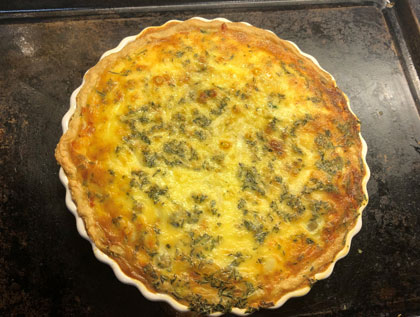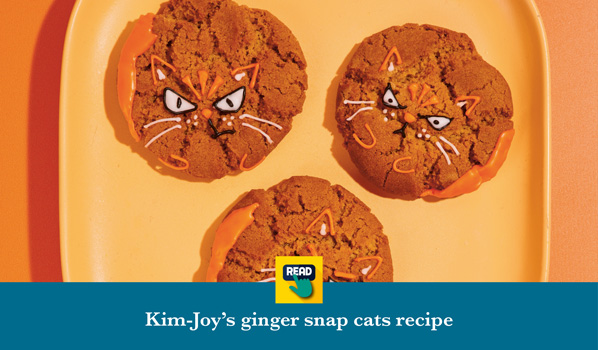We are please to create our latest edition of In The Country & Town, providing an opportunity to provide our readers with market insights and also showcase some great properties to buy or to rent for those starting their 2024 property search this month.
In January and early February 2024 the house market has moved quickly with positive buyer activity turning into a healthy amount of new property sales, confirming in our view that house buyers believe that the best in house buying opportunities will be during the first six months of 2024.
For market insight and our advice to buyers and sellers, just click on the image below.
There are many fine properties to see within the pages of our magazine and you will see the wonderful interiors of some of the finest properties on the Berkshire / Hampshire borders, including a preview of the property shown below which is not yet on the open market. If you click on the image you will see more details and a video tour embedded in the magazine.
And here is another magazine preview exclusive, Situated within the sought after village of Herriard.
This exquisite three bedroom detached family home built in 2020 by Forays Homes, is located within an exclusive development of just three detached properties.
Benefits to this property include a detached double garage with ample driveway parking, air source heat pump, dressing room, underfloor heating, and wonderful countryside views.
Click on them image below for more details.
Why not indulge in looking at our 90 pages magazine and see the wonderful interiors of some of the finest properties on the Berkshire / Hampshire borders.
We also hope you will enjoy reading some of the editorial features, including recipes from new chef Big Zuu, Caroline Quentin on her gardening experience, Paloma Faith: Becoming a mum, why going plant-based could transform your health, Michael Sheen on why he hopes The Way ‘gives voice’ to Port Talbot, TV & Film on One Love star Kingsley, how to renovate your kitchen sustainably, and motoring.
Click image below for a full read.


